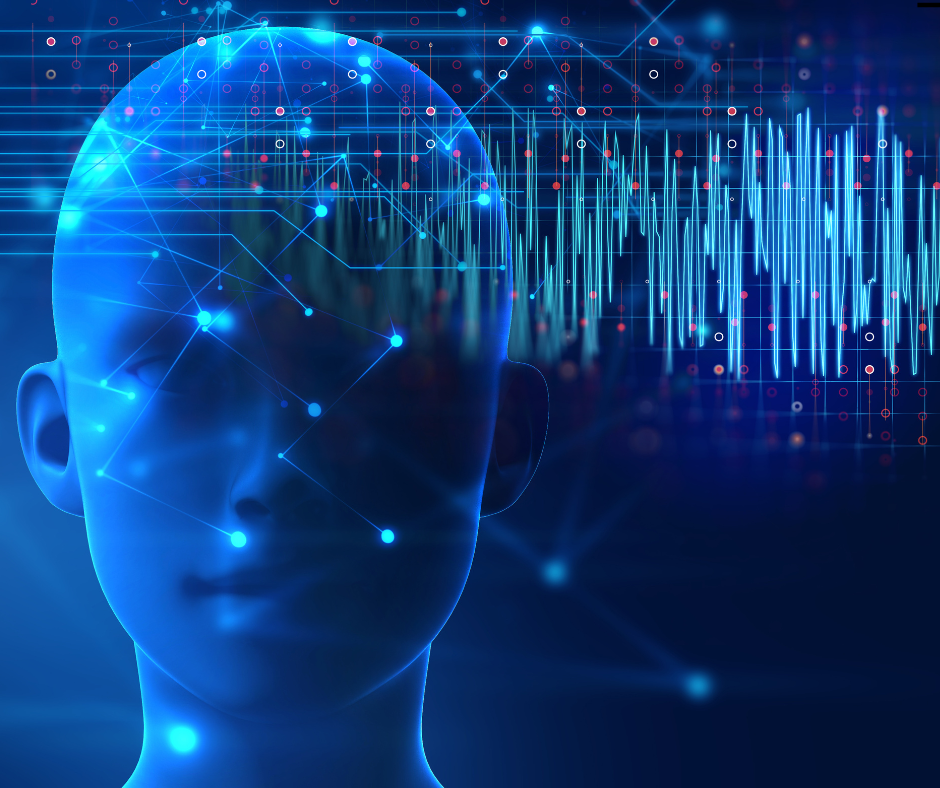
Understanding the Vestibular System: The Core of Equilibrium
The vestibular system is an intricate sensory network located within the inner ear, playing a central role in maintaining balance, spatial orientation, and coordinated movement. It enables us to detect head position, motion, and gravitational forces, seamlessly integrating with the visual system and proprioceptive inputs from muscles and joints. This real-time communication ensures smooth posture control, gaze stabilization, and the capacity to move confidently through space.
Anatomy of the Vestibular Apparatus
The vestibular apparatus, located within the bony labyrinth of the inner ear, consists of:
- Semicircular Canals: Three fluid-filled canals (anterior, posterior, and lateral) positioned orthogonally to detect rotational head movements.
- Otolith Organs: The utricle and saccule, which respond to linear accelerations and head tilts relative to gravity.
- Vestibular Nerve: A branch of the cranial nerve VIII (vestibulocochlear nerve), responsible for transmitting signals from the vestibular apparatus to the brainstem and cerebellum.
This structure provides continuous updates to the central nervous system about the body’s orientation in three-dimensional space.
Integration with the Central Nervous System
Vestibular signals are processed in concert with visual and somatosensory information by several key brain structures:
- Vestibular Nuclei (in the brainstem): Relay and integrate signals to regulate eye movements and postural adjustments.
- Cerebellum: Fine-tunes movement coordination and helps predict body dynamics.
- Thalamus and Cortex: Contribute to conscious spatial awareness and coordination with motor planning.
The vestibulo-ocular reflex (VOR), a critical output of this system, stabilizes gaze during head movement by producing compensatory eye movements. Without a functioning VOR, vision would become blurred every time the head moves.
Functions of the Vestibular System in Daily Life
A properly functioning vestibular system supports:
- Postural Stability: Maintaining balance while standing, walking, or navigating uneven terrain.
- Coordinated Movement: Smooth transitions between positions—sitting to standing, turning the head while walking, or maintaining poise during athletic activities.
- Spatial Orientation: Determining body position in space, aiding navigation, and preventing disorientation.
- Visual Stability: Allowing clear vision during motion, especially during high-speed or sudden directional changes.
These functions are essential for safe and efficient interaction with our environment, whether we are walking across a room, driving, or simply looking around.
Common Vestibular Disorders and Symptoms
Disruption in vestibular function may lead to debilitating conditions such as:
- Vertigo: The false sensation of spinning or motion, often caused by Benign Paroxysmal Positional Vertigo (BPPV).
- Vestibular Neuritis: Viral inflammation of the vestibular nerve, resulting in severe imbalance and nausea.
- Meniere’s Disease: A chronic disorder involving fluctuating hearing loss, tinnitus, and vertigo due to excess endolymphatic fluid.
- Bilateral Vestibular Loss: Progressive damage (e.g., from ototoxic medications) causing chronic disequilibrium and oscillopsia.
- Persistent Postural-Perceptual Dizziness (PPPD): A chronic, non-spinning dizziness aggravated by motion or complex visual environments.
Symptoms may include imbalance, nausea, motion sensitivity, disorientation, difficulty focusing during motion, and fatigue—greatly impacting quality of life.
Diagnosis and Evaluation of Vestibular Dysfunction
A range of clinical and diagnostic tools is used to evaluate vestibular function:
- Videonystagmography (VNG): Tracks eye movements to assess VOR function.
- Rotational Chair Testing: Measures vestibular responses to controlled rotations.
- Posturography: Assesses balance under varying sensory conditions.
- Head Impulse Test (HIT): Evaluates semicircular canal function via rapid head movements.
- Caloric Testing: Uses warm or cold water/air to stimulate the vestibular system and observe induced nystagmus.
These evaluations help isolate the affected components and tailor treatment approaches accordingly.
Rehabilitation and Treatment Approaches
Recovery depends on the underlying cause, but effective treatments include:
- Vestibular Rehabilitation Therapy (VRT): A specialized exercise-based program to retrain the brain to compensate for inner ear deficits.
- Canalith Repositioning Maneuvers: Such as the Epley maneuver for BPPV, repositioning dislodged crystals within semicircular canals.
- Medication: Antihistamines or antiemetics for symptom management, corticosteroids for inflammation, or diuretics for Meniere’s-related fluid control.
- Lifestyle Modifications: Adequate hydration, reduced salt and caffeine intake, and avoidance of known triggers.
- Assistive Devices: Use of walking aids or visual cues during motion to enhance stability.
Vestibular therapy can yield substantial improvement in both balance control and symptom resolution when administered consistently.
Conclusion: Safeguarding the Vestibular System for Lifelong Balance
The vestibular system is an indispensable neurophysiological mechanism that underpins our balance, coordination, and spatial orientation. Maintaining its health is vital for movement, gaze stability, and spatial awareness. With advances in diagnostics and therapy, most vestibular conditions can be effectively managed or rehabilitated, restoring confidence and mobility. We must prioritize inner ear health, remain attentive to balance changes, and seek early intervention when symptoms arise to ensure a life of equilibrium and independence.
To Know More Read Our Other Articles
1: https://usnitricboost.com
2: https://agelessknees.fitsyfit.com/
3: https://primeebiomee.com
4: https://vertiganecs.com
5: https://en-thegenuiswave.com
6: https://teaburn.fitsyfit.com
7: https://en-uss-prostavive.com/
8: https://arctticblast.com/
9: https://en-en-mitolyne.com
10: https://fastwealthh.com
11: https://en-nageno.com
12: https://gleuco6.com
13: https://hepaato-burn.com/
14: https://quietomplus.com
15: https://kierassentials.com
16: https://flushfaictorplus.com
17: https://areialief.com/